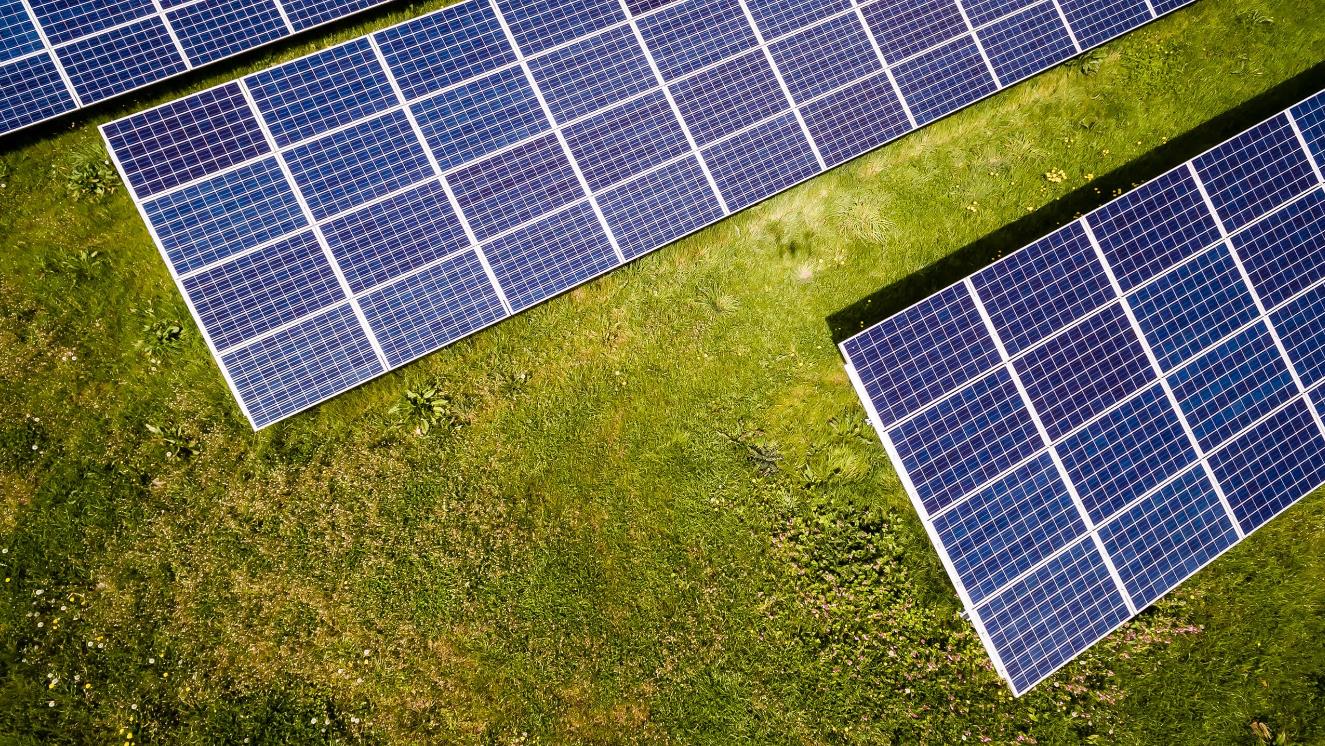|
Accordingto the prediction of the International Energy Agency, the global photovoltaicmanufacturing capacity is expected to reach 1 TW by 2024, almost doubling ingrowth. China plays a leading role in promoting this expansion, but also facesthe challenge of oversupply.In 2022, global photovoltaic manufacturing capacityincreased by over 70%, with China accounting for over 95% of the new productioncapacity. It is expected that by 2023 and 2024, the global photovoltaicmanufacturing capacity will double again, and China will still account for over90% of the growth.
However,in the European region, the proportion of new photovoltaic manufacturingcapacity is relatively small, and the competitiveness of photovoltaicmanufacturing in Europe is relatively low. Although the expansion ofphotovoltaic manufacturing capacity has provided significant impetus forsustainable energy, the problem of oversupply also needs to beaddressed.According to the prediction of the International Energy Agency (IEA),global photovoltaic manufacturing capacity will almost double to a scale ofnearly 1 terawatt by 2024. This expansion is sufficient to meet the IEA'sannual demand for net zero emissions in 2050, which is expected to have nearly650 GW of photovoltaic installed capacity by 2030 and nearly 310 GW by 2024.However, the photovoltaic industry faces the challenge of oversupply.

In 2022,global photovoltaic manufacturing capacity increased by more than 70%, reachingnearly 450 GW, with China accounting for over 95% of the newly added portion ofthe supply chain. It is expected that the global photovoltaic manufacturingcapacity will double in 2023 and 2024, with China once again accounting forover 90% of the growth. Chinese manufacturers are investing in expanding wafer,battery, and component manufacturing in Southeast Asia, and due to theintroduction of new industrial policies last year, India and the United Stateswill also deploy manufacturing factories.
TheProduction Related Incentive Plan (PLI) in India and the Inflation ReductionAct (IRA) in the United States have sparked a surge in new solar manufacturingprojects. Between November 2022 and May 2023, over 120% of such projects wereannounced, and it is expected to create national supply chains with over 20 GWof production capacity in each region.

Europe'snew manufacturing capacity accounts for only 14% of the announced projectssince August 2022. The EU's Green New Deal Industry Plan and Net Zero IndustryAct aim to achieve 40% of the European photovoltaic target by 2030, butcurrently do not include specific incentive measures. The high industrialenergy prices in EU countries have also increased the manufacturing costs ofphotovoltaic equipment.
InEurope, less than 1% of manufacturing capacity is used for new batteries, withingots and wafers accounting for 9%, while polycrystalline silicon productiononly accounts for 6%. Integrated manufacturing facilities can produce three ormore components, but nearly 80% of declared production capacity does notinclude dedicated polycrystalline silicon production. In addition, theproduction capacity of the new component assembly plant is approximately 30 GW,which does not match the declared production capacity of other components,especially batteries and polycrystalline silicon. Therefore, these newfactories still need to import batteries and other components from China.
Thephotovoltaic manufacturing capacity is expected to exceed 1 TW by 2024, led byChina, but also faces the challenge of oversupply. The global photovoltaicmanufacturing capacity will almost double, with China occupying the leadingposition. Other countries such as India and the United States are alsopromoting new manufacturing projects. Europe's manufacturing capacity growth isrelatively small and lacks competitiveness. However, the photovoltaic industrystill faces enormous development opportunities, and the global demand forsustainable energy continues to grow. The progress of photovoltaic technologywill drive energy transformation.

Sinceits establishment,MULTIFIT Company has focused on high-quality products, usingleading technology in the photovoltaic industry and full scenario and processsolutions, continuously innovating and exploring, and comprehensivelyimplementing quality improvement projects throughout the product lifecycle,leading the enterprise in terms of quality and brand development. Quality isthe vitality of the stable development of enterprises. MULTIFIT Company adheresto the quality concept of high standards and strict requirements, and hasestablished a strict quality management system in accordance with therequirements of the ISO9001 management system.
Currently,various forms of new energy are accelerating their transformation from cocoonsto butterflies. The unremitting efforts of industry colleagues are objectivelypromoting greater technological fission and accelerating the process of energyrevolution. Through the integration of ecological circles, continuouscross-border combinations are carried out, application scenarios are expanded,new species, new formats, and new models are formed, and the advantages of eachenterprise are fully utilized to unite and warm up, making the photovoltaicindustry shine and change.
Ibelieve that in the future, with the continuous innovation and research anddevelopment of MULTIFIT Company, we will unlock more achievements, bring highervalue to customers with the supreme components of high power, high efficiency,high reliability, and high power generation, and contribute more energy to promotingenergy transformation.

|

 6 Keji west road. Hi-Tech Zone Shantou City, GuangDong,China
6 Keji west road. Hi-Tech Zone Shantou City, GuangDong,China +86-0754-81888658
+86-0754-81888658 multifit@multifitele.com
multifit@multifitele.com